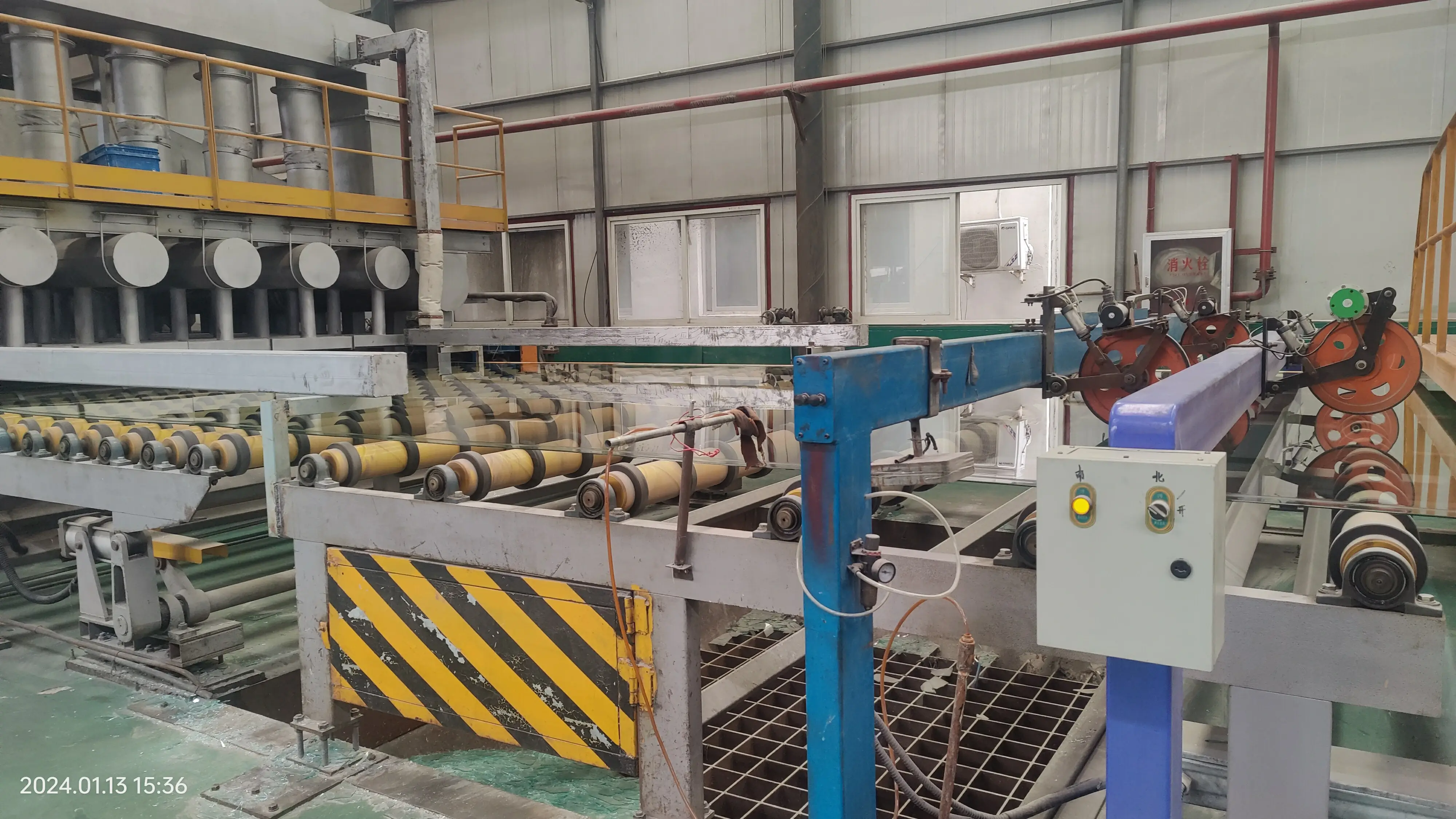

The Benefits of Double Silver Low-E Glass
In the realm of modern architecture and energy-efficient building materials, double silver low-emissivity (Low-E) glass stands out as a revolutionary choice for homeowners and builders alike. This remarkable type of glass is designed to enhance thermal performance while maintaining aesthetic appeal, making it a popular option for residential and commercial projects.
What is Double Silver Low-E Glass?
Double silver low-E glass is a type of insulated glass unit (IGU) that incorporates two layers of silver coating within its construction. The term low-E refers to the glass’s ability to reflect infrared energy while allowing visible light to pass through. This innovative design improves energy efficiency by minimizing heat transfer through the glass. The two silver layers significantly enhance the product's performance, ensuring that it reflects a greater amount of solar energy and retains more heat during colder months.
Energy Efficiency and Savings
One of the primary advantages of double silver low-E glass is its energy-efficient properties. By reducing the amount of heat gained in summer and lost in winter, this glass type helps maintain a comfortable indoor climate. Homeowners can expect a notable decrease in their heating and cooling bills, making it a financially smart investment. For example, studies have shown that buildings using low-E glass can cut energy costs by 30-50% compared to traditional glass options.
UV Protection

In addition to its thermal performance, double silver low-E glass also provides excellent ultraviolet (UV) protection. The coatings applied to the glass help block harmful UV rays, which are known to cause fading in furniture, flooring, and artwork. This means that not only can homeowners enjoy lower energy bills, but they can also preserve the integrity and appearance of their interior spaces for longer periods.
Aesthetic Appeal
While energy efficiency and UV protection are crucial benefits, double silver low-E glass does not compromise on aesthetics. Available in various styles and finishes, this glass can enhance the appearance of any building. Its ability to maximize natural light while minimizing glare makes it suitable for large windows and skylights. Furthermore, the transparency and clarity of the glass ensure that views remain unobstructed, allowing occupants to connect with the outdoors.
Sustainability and Building Codes
As the construction industry increasingly focuses on sustainability, double silver low-E glass aligns perfectly with green building practices. Many building codes and certifications, such as LEED (Leadership in Energy and Environmental Design), recognize the use of energy-efficient materials like low-E glass. By incorporating this type of glass into a building’s design, architects and builders can contribute to a more sustainable future, reducing the environmental impact of construction and energy consumption.
Conclusion
In conclusion, double silver low-E glass emerges as an outstanding material in contemporary architecture, offering energy efficiency, UV protection, and aesthetic appeal. Its integration into residential and commercial buildings not only enhances comfort and reduces energy costs but also contributes to a more sustainable environment. For anyone looking to upgrade their windows or improve their building's efficiency, double silver low-E glass is undoubtedly a top-tier choice that promises long-term benefits.